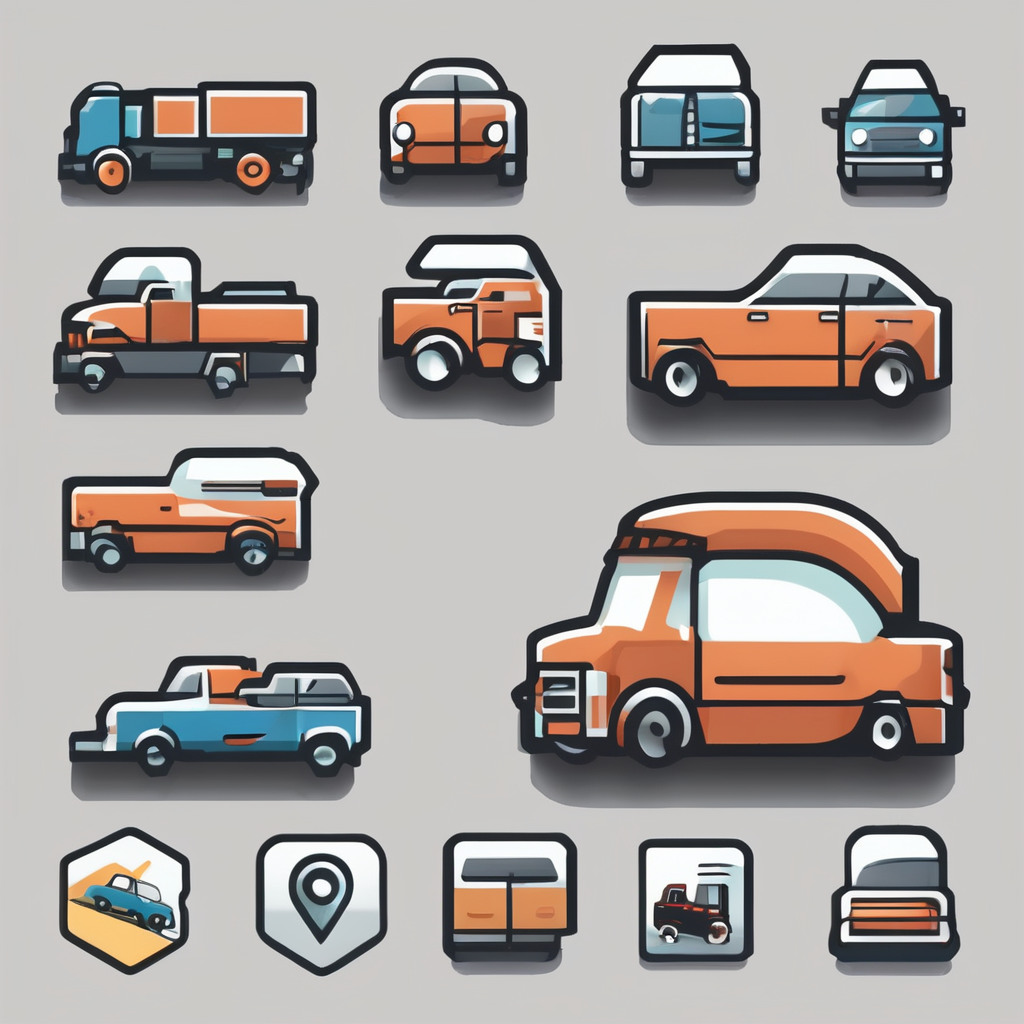Planning a multi-stop road trip can be an exciting adventure, whether it’s for a vacation, visiting friends, or delivering packages. However, the logistics behind such a journey can be daunting. You want to ensure that your route is efficient, your stops are well-timed, and you get the most out of your trip. This article will provide you with essential tips and tools to optimize your road trip planning, ensuring you enjoy the journey as much as the destination.
Understanding the Basics of Road Trip Planning
When you decide to embark on a multi-stop journey, the first step is understanding the basics of road trip planning. It’s crucial to gather all necessary information about your route and the stops you wish to make.
Have you seen this : How do you properly maintain your car’s air conditioning system for efficiency?
Start by determining your starting point and your final destination. This will help you visualize the overall distance and travel time. Next, incorporate the multiple stops you’d like to make along the way. Whether these are significant tourist attractions, friends’ houses, or delivery points, listing them out will be beneficial.
Google Maps is a powerful tool that can assist you in plotting out these stops. By entering your starting point and final destination, you can easily add additional stops to your route. The application allows you to view the estimated travel time between each point, which is essential for planning your day-to-day itinerary.
Also to discover : What role does vehicle weight play in fuel consumption and performance?
It’s also beneficial to consider the type of roads you’ll be traveling. Highways may allow for faster travel times, but they often lack the scenic views that side roads offer. Balancing efficiency with experience is key.
In summary, understanding how to effectively plan your road trip starts with knowing your starting point, destination, and the stops along the way. This foundational knowledge will guide you in optimizing your overall route.
Utilizing Technology for Route Optimization
Technology plays a pivotal role in modern road trip planning. With a plethora of apps available, you can streamline the process and enhance your travel experience.
One of the best tools at your disposal is Google Maps. Not only can it help you chart your route, but it also provides real-time traffic updates, estimated travel durations, and alternative directions to avoid delays. This can be particularly useful when unexpected road closures or traffic jams occur.
Moreover, using a dedicated trip planner application can be beneficial. These apps often allow you to input multiple stops, helping you visualize your entire journey on a single screen. They can also calculate the most efficient route based on time and distance. Some popular options include Roadtrippers, Waze, and MapQuest. These applications can help reduce delivery stops and enhance your overall trip experience.
In addition to route optimization, these technologies can assist in budgeting your trip. Many apps provide estimates of fuel costs based on your vehicle’s mileage and the distance of your trip. This ensures you have a clearer financial picture before hitting the road.
In conclusion, embracing technology for route optimization not only simplifies your planning process but can significantly enhance your travel experience. By utilizing apps like Google Maps and other dedicated trip planners, you can navigate with ease and efficiency.
Strategic Planning for Your Stops
Once you have your route plotted, the next step is to strategize your stops for maximum enjoyment and efficiency. It’s essential to consider the nature of each stop and how much time you want to spend at each location.
For example, if one of your stops is a national park, you may want to allocate several hours or even a day to explore. Conversely, if you’re making a quick delivery or a brief visit to a friend, an hour or two might suffice.
Additionally, think about the logistics involved in reaching each stop. Consider the time of day you plan to arrive at each location. Traffic patterns can vary significantly, and planning your travel during off-peak hours can save you substantial time.
Another essential aspect of planning your stops is ensuring that you account for breaks. Driving for long periods can be tiring, and regular breaks are necessary for maintaining focus and energy. Aim to include rest stops every two to three hours. This not only helps keep you alert but also provides opportunities to stretch your legs and enjoy the surroundings.
Finally, don’t forget to be flexible in your planning. While it’s great to have a detailed itinerary, road trips are also about spontaneity and adventure. Be open to adjusting your plans as you discover new attractions or experiences along the way.
In essence, strategic planning of your stops is about balancing time management with enjoyment. By considering the type of visit, travel times, and essential breaks, you can create a fulfilling itinerary that maximizes your road trip experience.
Budgeting for Your Multi-Stop Trip
Budgeting is a critical component of any road trip. Understanding the potential costs involved will help you plan accordingly and avoid any unpleasant surprises while on the road.
Start by calculating the cost of fuel. Use your vehicle’s average miles per gallon (MPG) and the estimated distance of your trip to generate a rough estimate of fuel expenses. Many apps can also provide real-time gas prices along your route, allowing you to select the most cost-effective fueling options.
In addition to fuel, consider other expenses such as food, lodging, and tolls. Planning for meals can save you money; packing snacks and drinks will reduce the need for frequent stops at expensive convenience stores or restaurants. If your trip spans several days, research affordable lodging options in advance. Websites and apps like Airbnb or Booking.com can help find budget-friendly accommodations.
Tolls can also add up, especially if your route includes many highways or bridges. Google Maps can help identify potential toll costs along your chosen route, allowing you to plan for these expenses in your overall budget.
Lastly, always allocate a contingency fund for unexpected expenses. Whether it’s an unplanned hotel stay or emergency repairs, having a financial buffer can alleviate stress during your travels.
In summary, effective budgeting is about anticipating and managing all potential costs associated with your trip. By considering fuel, food, lodging, tolls, and a contingency fund, you can enjoy your multi-stop road trip without financial stress.
Planning a multi-stop road trip requires careful consideration and strategic planning. By understanding the basics of route planning, utilizing modern technology for optimization, strategically planning your stops, and budgeting effectively, you can create an enjoyable travel experience. Remember that the journey is as important as the destination. Embrace the adventure, relish the experiences, and make lasting memories along the way. Happy travels!











